Surprising Story: Marie-Antoinette’s Dairy at Rambouillet
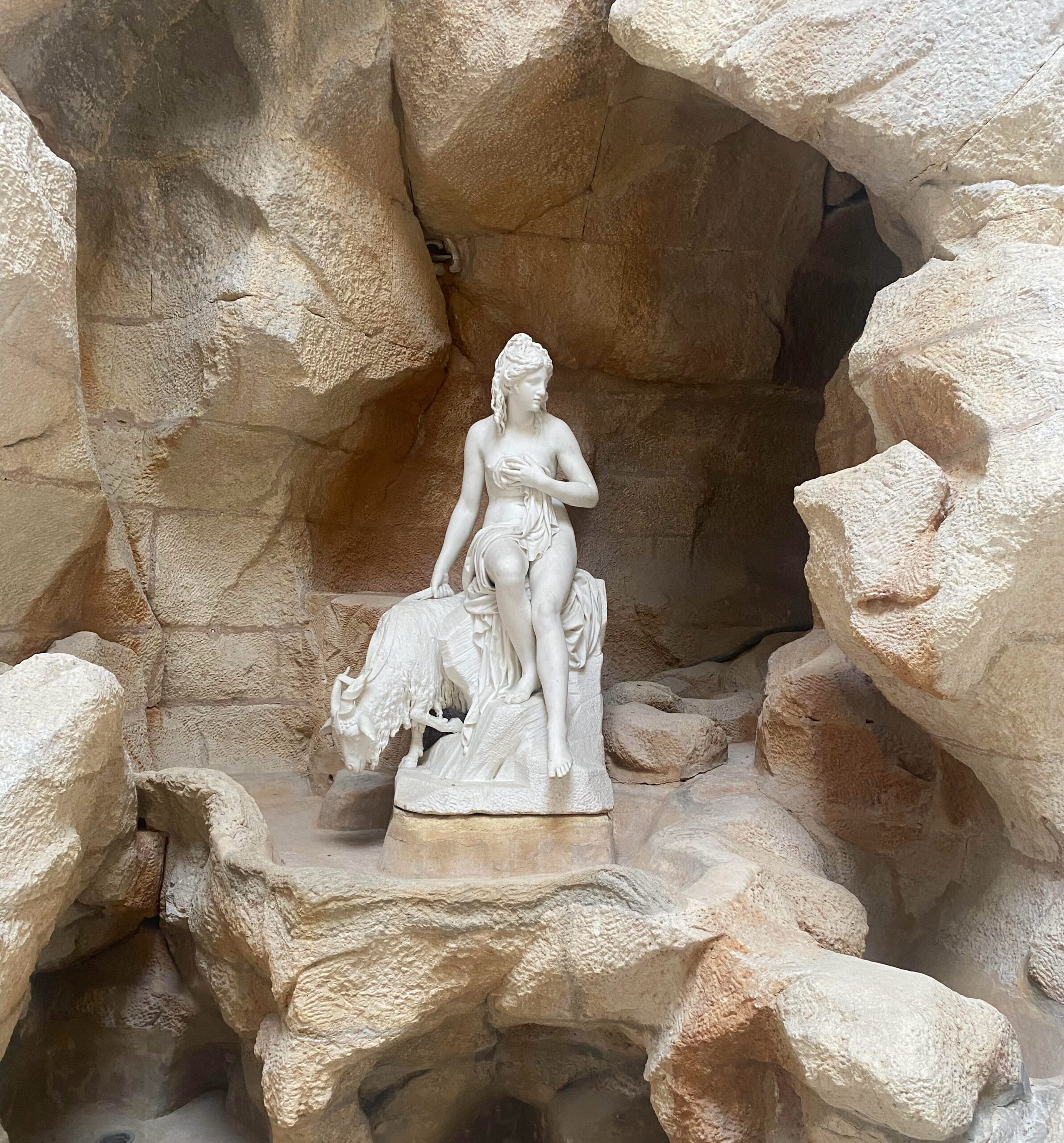
While Queen Marie-Antoinette’s influence on the gardens of Versailles is well known, particularly with regard to her so called English garden and ornamental farm, few tourists are aware of the fascinating legacy she left in the gardens of the Château de Rambouillet. In Part II of our Surprising Story feature on Rambouillet, we trace the roots of the Queen’s interest in gardens and see how her experience at Versailles led her to add an element of beauty to a place she was poorly fond of.
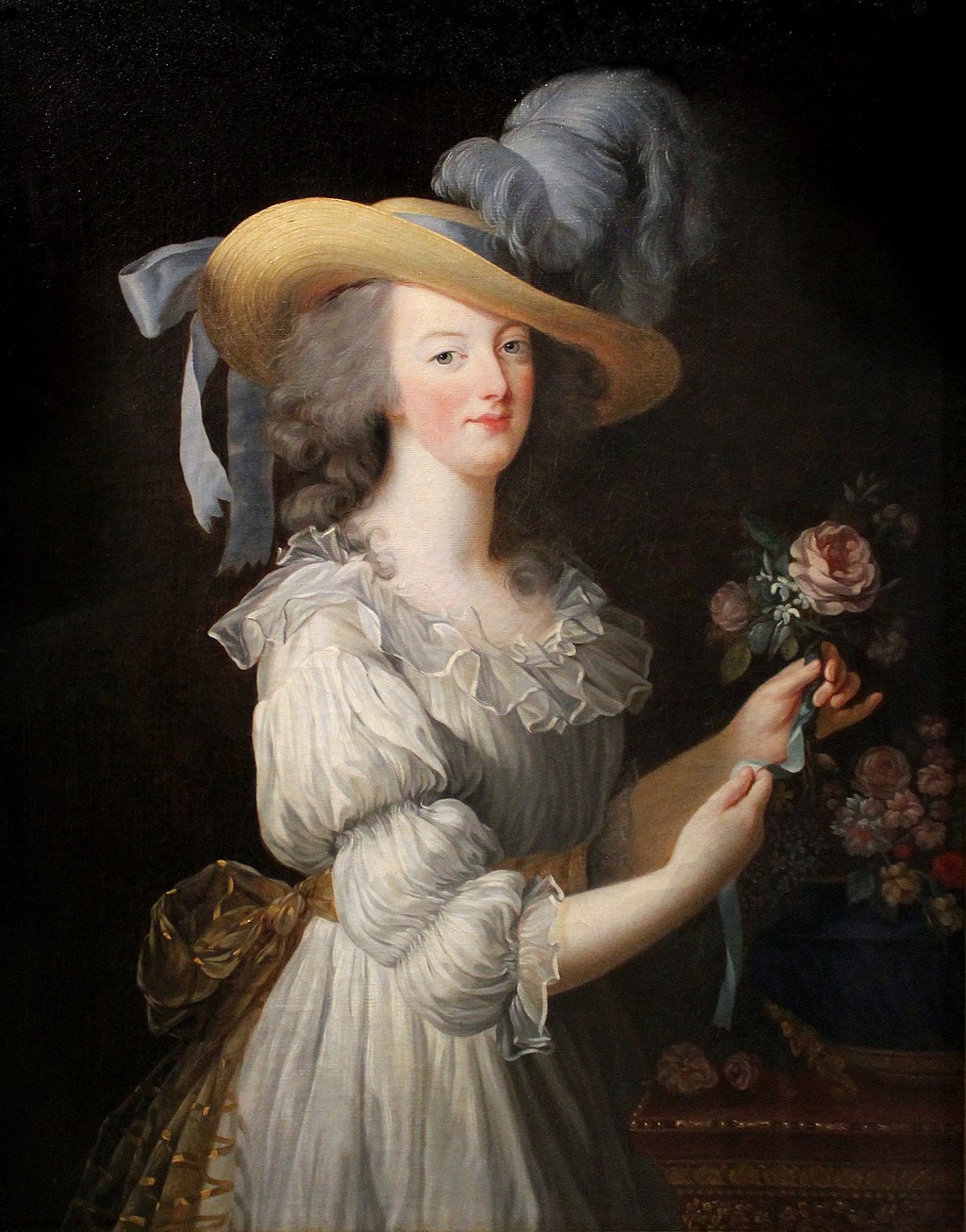
“Marie Antoinette in a muslin dress”, Marie Louise Élisabeth Vigée-Lebrun, 1783.
Queen Marie-Antoinette was a trendsetting garden patron, designing a so-called English-style garden surrounding the Petit Trianon. It was in this unique space where she enjoyed freedom from court etiquette as she strolled along curving paths of her garden domain, she especially appreciated flowers that bloomed in every season. The Queen’s career as a garden designer can be divided into two phases; first, her pleasure garden at the Trianon designed from 1775 to 1783 for her amusement with her family and friends, and second, an area known as the Hameau de la Reine (the Queen’s Hamlet), where she created a ‘fake’ village and ornamental farm from 1783 to 1786. Long considered an example of the queen’s disdain for her subjects, the queen‘s hameau is now recognized as an idealized “miniature version of France” showcasing French floriculture, agriculture, and horticulture.
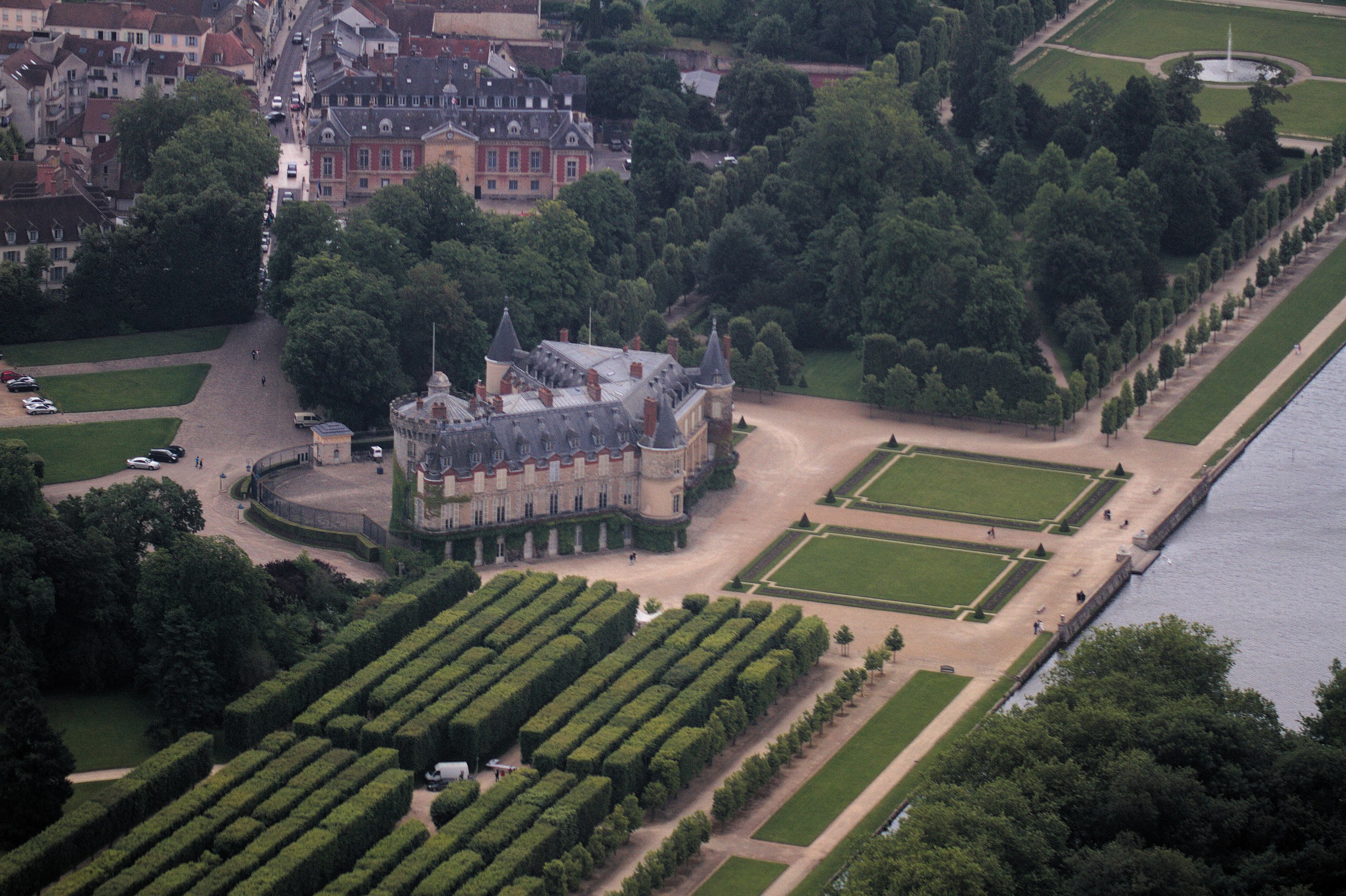
Aerial view of the Château de Rambouillet. Photo: Ash Crow / CC
The popularity of the Queen’s gardens can be gleaned from the fact that in 1783, the Queen’s husband, King Louis XVI, decided to purchase Château de Rambouillet, where he decided to expand upon the already extensive English gardens built by his cousin (discussed in another blog post). The Queen, who accompanied her husband on a visit in November 1783, upon seeing the castle is said to have exclaimed: “Comment pourrais-je vivre dans cette gothique crapaudière!” (“How could I live in such a gothic toad house!”).
To win the Queen over to the castle, the King secretly asked the head of the royal arts administration, the Comte d’Angiviller, to commission his favorite painter-turned-landscape-architect, Hubert Robert, to build a pleasure dairy for the queen at Rambouillet. Pleasure dairies were buildings that appeared rustic from the exterior, but once inside displayed luxurious settings where visitors tasted cheeses, creams, milk, and sometimes ice creams. With this project dedicated to the Queen–La Laterite de la Reine–the King hoped the setting would evoke the Queen to forsake her own dairy at Versailles and visit Rambouillet.
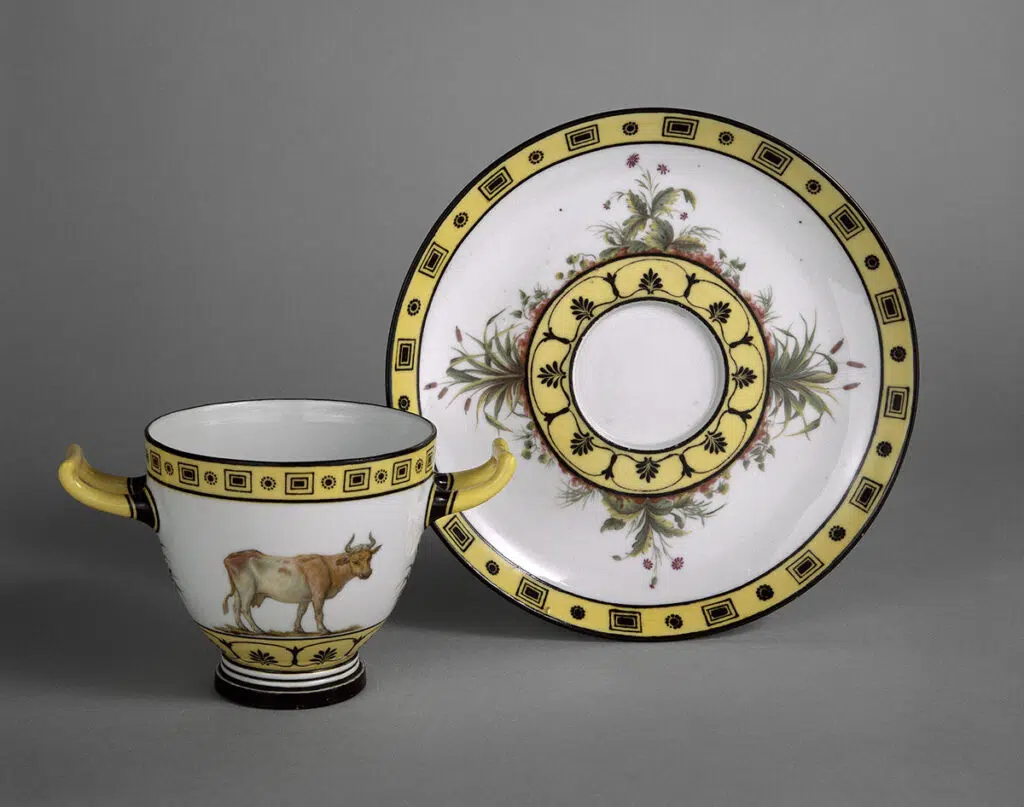
Sevre Rambouillet porcelain service
The Queen’s dairy is one of the best preserved garden follies of his period. After one passed through a temple-like façade, the first circular room, with its doomed roof, recalled the Pantheon in Rome. Along the walls are niches designed to hold a porcelain service commissioned from the royal manufacture at Sèvres. The Rambouillet service (originally 65 pieces but less than 20 examples survive) was specifically designed to hold dairy products, and we can imagine how these colorful cups and saucers contrasted with the stone walls and sculptures. The delicate decoration, depicting cows and goats, reinforced the agronomic imperative of the King’s program.
The highlight of the Rambouillet Dairy is Pierre Julien’s sculpture of the nymph Amalthea, with her goat, placed within a fake grotto. The nymph protected Jupiter from the Gods, an allusion to protecting France’s royal rulers. The opposition of the gleaming white marble and the rocky grotto highlighted the natural beauty of the place.
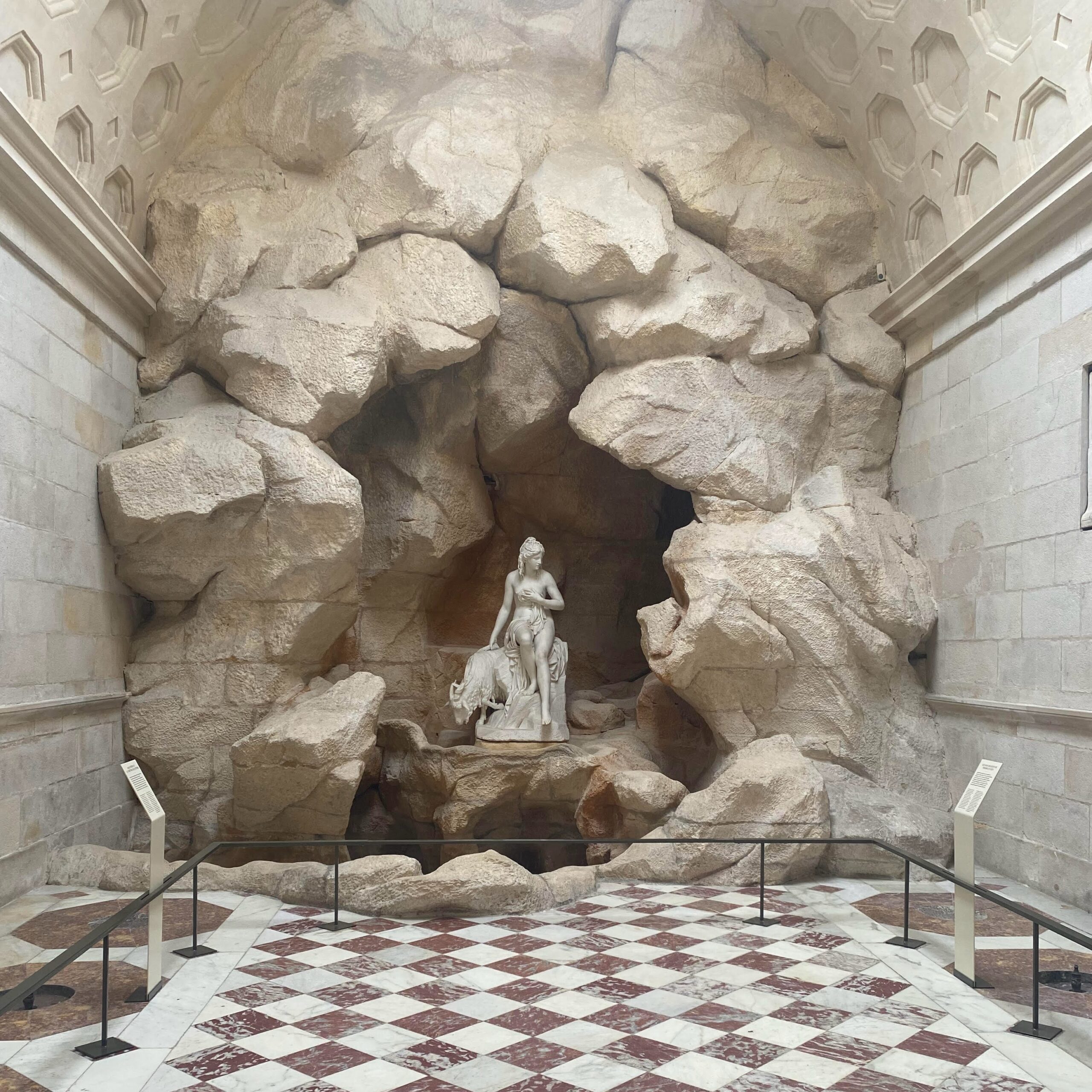
Rambouillet Grotto
Despite the King’s efforts, the Queen was ultimately not impressed with his plans, and preferrd her own dairy at Versailles. This might have been out of loyalty to her friend, the Princesse de Lamballe, whose own shell-encrusted pavilion is located a short walk from this grotto.
To learn more about the history of Rambouillet, its gardens, and another intriguing feature they contain, read Part II. If you’d like to learn more about Marie-Antoinette’s influence on French Gardens, see my book, Marie-Antoinette’s Legacy: The Politics of French Garden Patronage and Picturesque Design, 1775-1867.
Interested in visiting Rambouillet? Join a garden historian and expert on Marie-Antoinette on our custom excursion to the castle. Contact us for further details here.

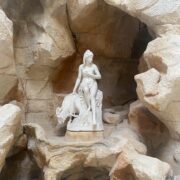
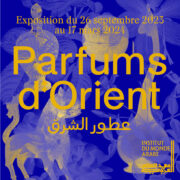
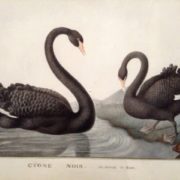
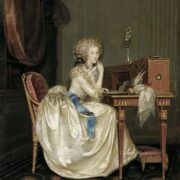
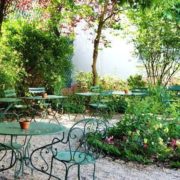

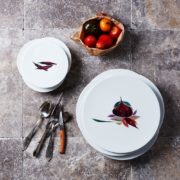

Leave a Reply
Want to join the discussion?Feel free to contribute!